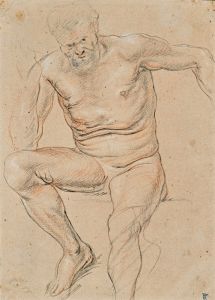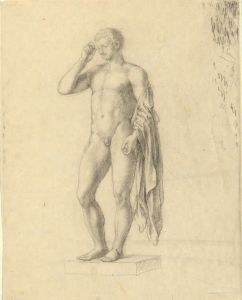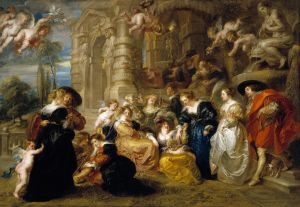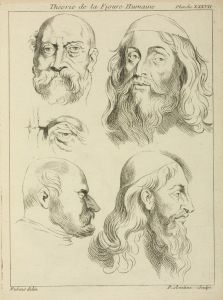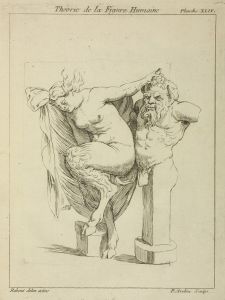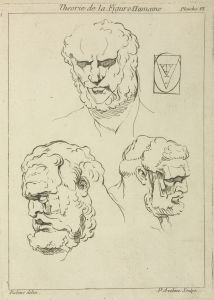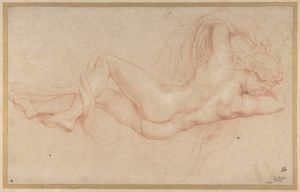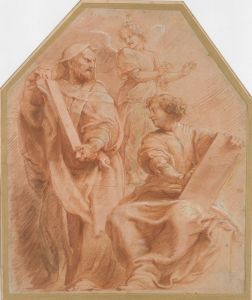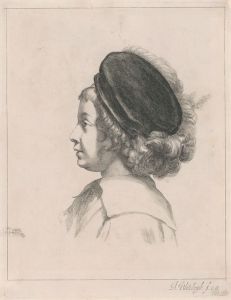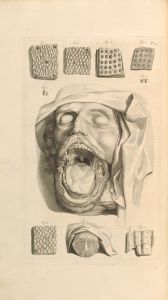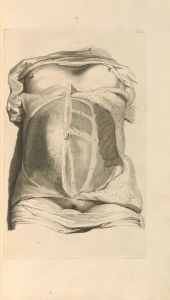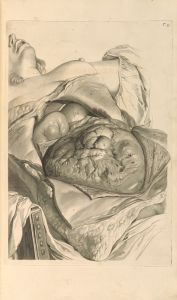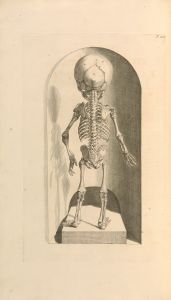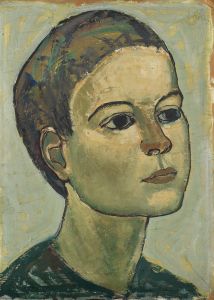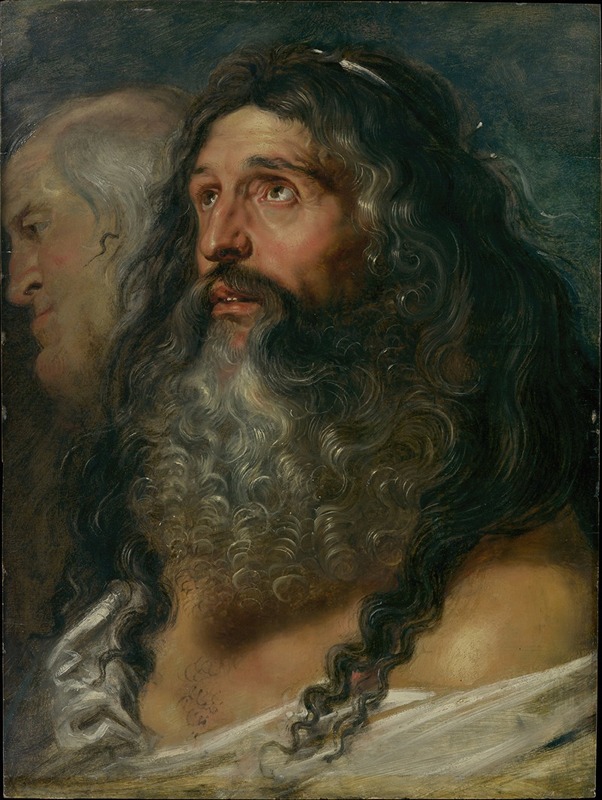
Study of Two Heads
A hand-painted replica of Peter Paul Rubens’s masterpiece Study of Two Heads, meticulously crafted by professional artists to capture the true essence of the original. Each piece is created with museum-quality canvas and rare mineral pigments, carefully painted by experienced artists with delicate brushstrokes and rich, layered colors to perfectly recreate the texture of the original artwork. Unlike machine-printed reproductions, this hand-painted version brings the painting to life, infused with the artist’s emotions and skill in every stroke. Whether for personal collection or home decoration, it instantly elevates the artistic atmosphere of any space.
Peter Paul Rubens, a prominent Flemish Baroque painter, is renowned for his dynamic compositions, vibrant color palette, and expressive figures. Among his extensive oeuvre, "Study of Two Heads" stands out as an exemplary piece that showcases his mastery in capturing human emotion and form. This work is a testament to Rubens' skill in rendering the subtleties of facial expressions and the intricate play of light and shadow.
"Study of Two Heads" is a preparatory study, which Rubens often created as part of his artistic process. These studies were crucial for developing the final compositions of his larger works. In this particular study, Rubens focuses on two male heads, each displaying distinct expressions and characteristics. The use of oil on canvas or panel, a common medium for Rubens, allows for rich textures and depth, enhancing the lifelike quality of the figures.
The heads in the study are depicted with meticulous attention to detail. Rubens' adept use of chiaroscuro, the contrast between light and dark, brings a three-dimensional quality to the faces, highlighting the contours and features with dramatic effect. The expressions captured in the study convey a range of emotions, from contemplation to intensity, demonstrating Rubens' keen observation of human psychology and his ability to translate it into art.
Rubens' studies were not merely exercises in technique; they were integral to his creative process. By experimenting with different poses, expressions, and lighting in these studies, Rubens could explore various compositional possibilities before committing to a final piece. This approach allowed him to refine his ideas and ensure that the emotional impact of his larger works was both powerful and precise.
The significance of "Study of Two Heads" extends beyond its technical prowess. It provides insight into Rubens' working methods and his approach to capturing the human condition. The study reflects the Baroque era's emphasis on drama, movement, and emotional intensity, elements that Rubens masterfully incorporated into his art.
While the exact date of "Study of Two Heads" is not definitively known, it is consistent with Rubens' style and technique during the height of his career in the early 17th century. During this period, Rubens was highly sought after by patrons across Europe, and his workshop in Antwerp was a bustling center of artistic production.
Rubens' influence on the art world was profound, and his studies, including "Study of Two Heads," played a crucial role in shaping his legacy. They not only served as foundational elements for his larger compositions but also as standalone works that continue to be studied and admired for their artistic merit.
In summary, "Study of Two Heads" by Peter Paul Rubens exemplifies the artist's exceptional ability to capture the essence of human expression through meticulous study and observation. It remains a valuable piece for understanding Rubens' artistic process and the broader context of Baroque art.





